Discover 8 hidden attractions, cool sights, and unusual things to do in Clacton (United Kingdom). Don't miss out on these must-see attractions: Clacton Pier, Clacton Town Hall, and Jaywick Martello Tower. Also, be sure to include Weeleyhall Wood in your itinerary.
Below, you can find the list of the most amazing places you should visit in Clacton (England).
Table of Contents
Clacton Pier
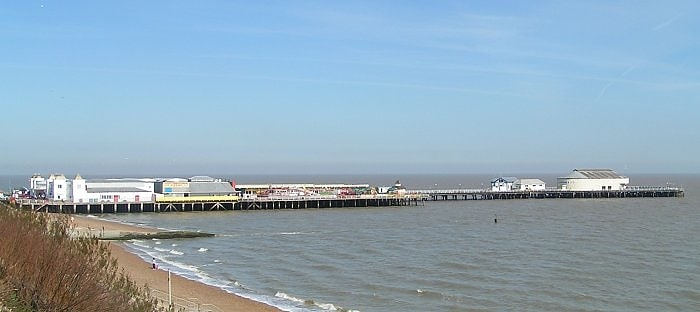
Amusement center in Clacton-on-Sea, United Kingdom. Clacton Pier is a pier located in the seaside resort town of Clacton-on-Sea in England. It was named Pier of the Year in 2020 by the National Piers Society. The pier hosts rides, ten-pin bowling, arcades, a seqaurium, golf and a soft-play centre – as well as numerous food, drink and retail outlets.[1]
Address: Pier Gap, CO15 1QX Clacton-on-Sea
Clacton Town Hall
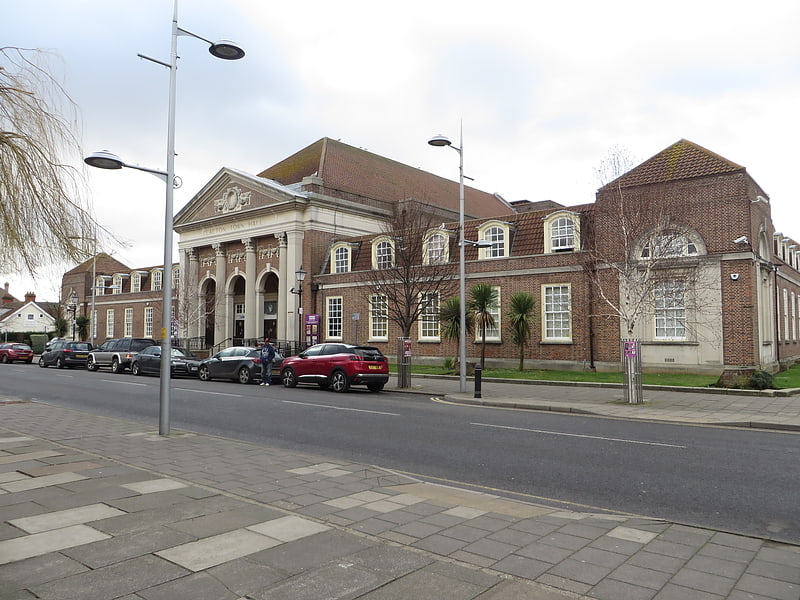
Clacton Town Hall is a municipal building in Station Road, Clacton-on-Sea, Essex, England. The town hall, which is the headquarters of Tendring District Council, is a Grade II listed building.[2]
Address: Station Road, Clacton
Jaywick Martello Tower
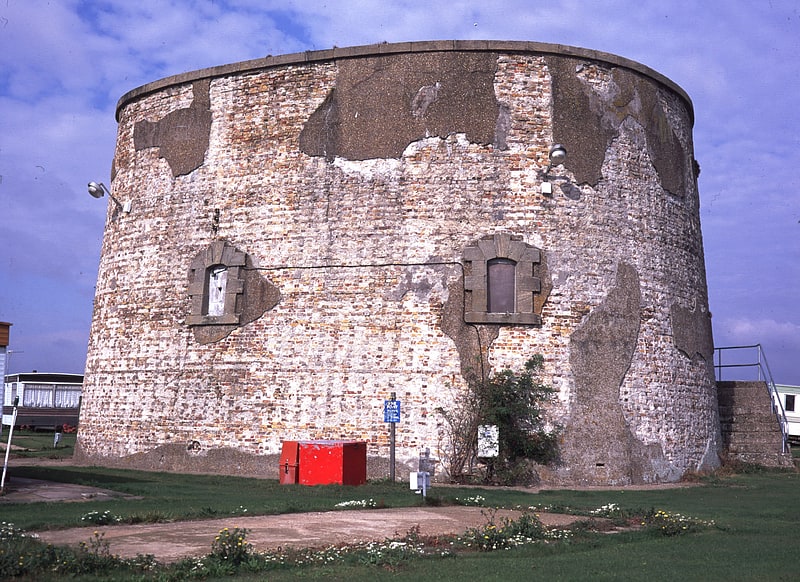
Martello tower in St Osyth, England. Jaywick Martello Tower is a renovated Martello tower at Jaywick, 2.7 miles south-west of Clacton-on-Sea, Essex. It now functions as an arts, heritage and community venue.[3]
Address: Belsize Ave, CO15 2LF Jaywick
Weeleyhall Wood

Weeleyhall Wood is a 31 hectare biological Site of Special Scientific Interest north of Clacton-on-Sea in Essex. It is managed by the Essex Wildlife Trust.
It has a variety of woodland types, reflecting diverse soils. It is mainly pedunculate oak over a layer of coppice hazel and sweet chestnut planted in the nineteenth century. It has the largest Essex population of climbing corydalis, and four species of fern. There are two ponds and species-rich damp, grassy rides.
There is access by a track from the B1441 road.[4]
Great Holland Pits
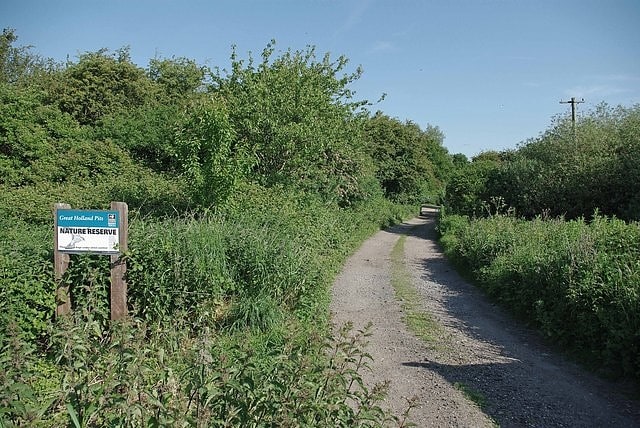
Nature preserve in England. Great Holland Pits is a 16.2 hectare nature reserve east of Great Holland in Essex. It is managed by the Essex Wildlife Trust.
This area of former gravel pits has grassland, ancient woodland, ponds and wet depressions. There are water birds such as kingfishers, coots and little grebes, and flowering plants include moschatels and carline thistles.
There is access by a footpath from Little Clacton Road.[5]
Address: Little Clacton Rd, Great Holland, Clacton
Pickers Ditch Meadow
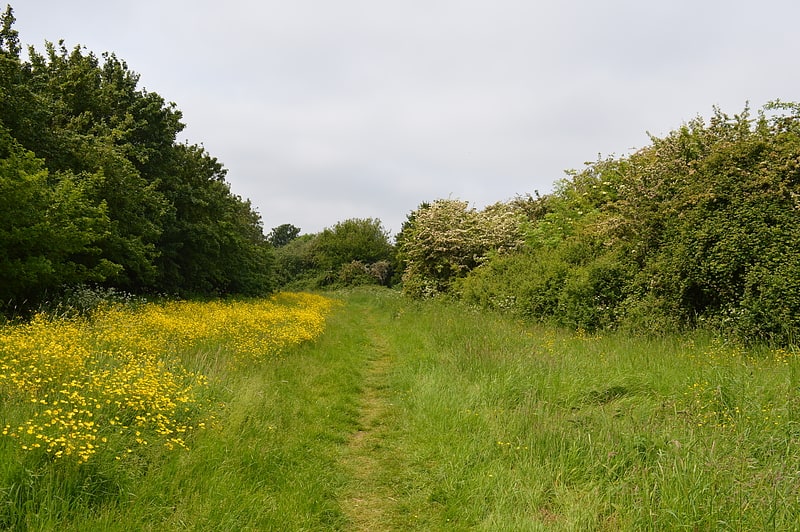
Nature reserve. Pickers Ditch Meadow is a 1.9 hectare Local Nature Reserve in Clacton-on-Sea in Essex. It is owned and managed by Tendring District Council.
The site runs along the bank of Pickers Ditch, a tributary of Holland Brook. A footpath runs through the grassland site, and hedges have been planted along the border to screen it.
There is access from Thorpe Road.[6]
Great Clacton
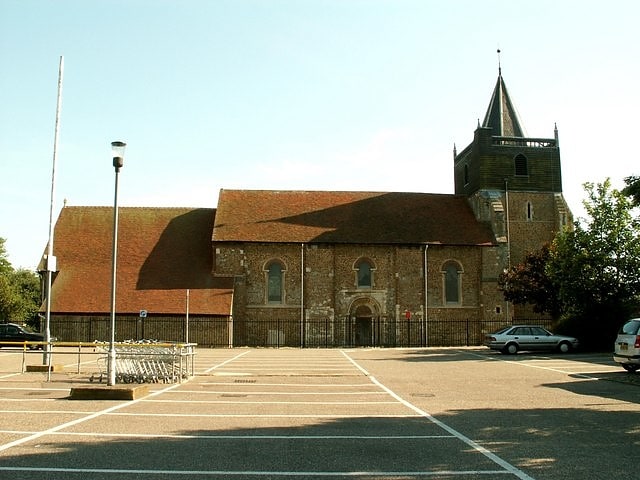
Great Clacton is a residential suburb of Clacton-on-Sea in the Tendring district of Essex, England. It is situated south east of the village of Little Clacton. The A133 road to Colchester from Clacton-on-Sea is directly west of this settlement. The Sunshine Coast Line goes round the town on the way to Clacton-on-Sea and the nearest station is Clacton-on-Sea railway station.
Great Clacton was founded by the Celts in c.100BC
The Saxons under their leader Clacc from whom the town gets its name set up residence, Clacc Inga Ton (the Village of Clacc's People).[7]
Clacton Cliffs and Foreshore
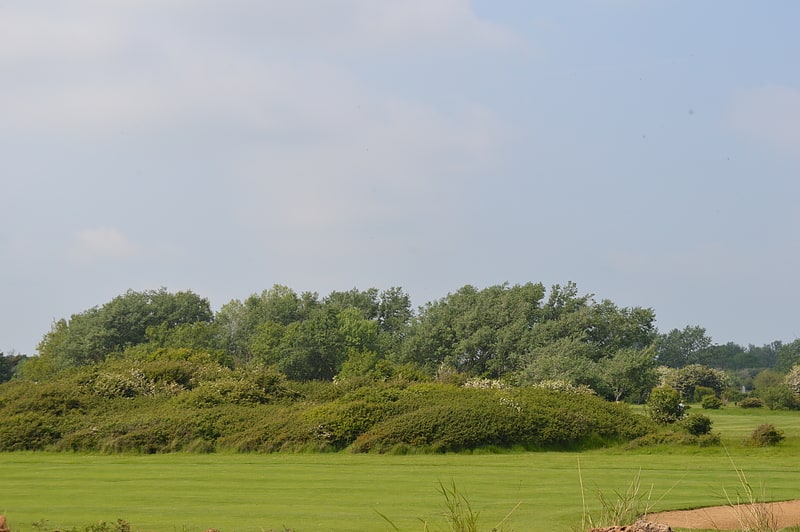
Clacton Cliffs and Foreshore is a 26.1 hectare geological Site of Special Scientific Interest in Clacton-on-Sea in Essex. It is a Geological Conservation Review site.
This site is described by Natural England as "one of the most important Pleistocene interglacial deposits in Britain". It dates to the warm Hoxnian Stage around 400,000 years ago. Flint tools found there in the early twentieth century have made it the type site for the Clactonian, a core-and-flake industry of homo erectus, although paleontologists disagree whether it is really a separate industry from the Acheulian.
The site is in three separate areas. Two are on the shoreline footpath, but no geology is visible. The third is in the south-west corner of Clacton Golf Course, and there is no public access.[8]